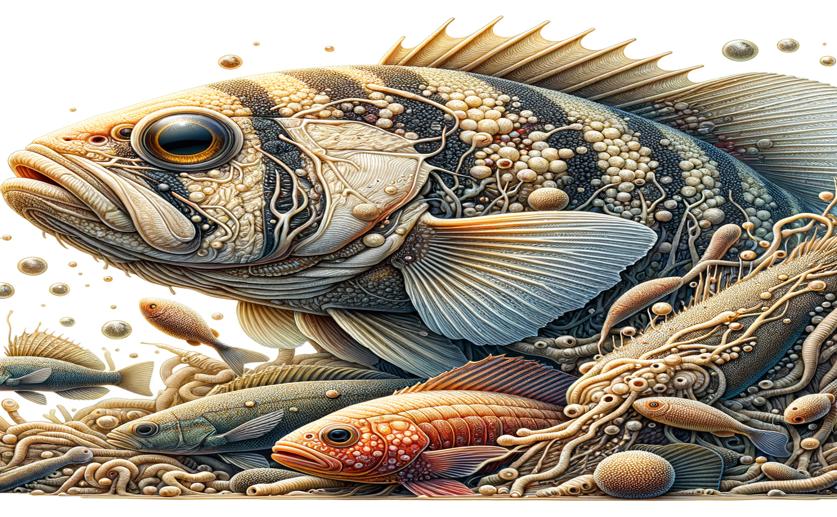
Bacterial Communities and Mucus Loads in Two Wild Fish Species
Jenn Hoskins
31st July, 2024

Image Source: Natural Science News, 2024
Key Findings
- The study focused on the external microbiota of two wild sparid fish species in the Mediterranean Sea and their relationship with Lamellodiscus monogenean ectoparasites
- The composition of the external mucus microbiota varied between the two fish species and was related to the parasitic load of Lamellodiscus monogeneans
- The findings suggest that the microbiota may influence the susceptibility of teleost fishes to ectoparasite infestations
BiochemAnimal ScienceMarine Biology
References
Main Study
1) Link between bacterial communities and contrasted loads in ectoparasitic monogeneans from the external mucus of two wild sparid species (Teleostei)
Published 30th July, 2024
https://doi.org/10.1186/s42523-024-00329-0
Related Studies
2) Microbiomes mediate host-parasite interactions.
3) Host microbiota can facilitate pathogen infection.
4) Characterization of the Skin Microbiota in Italian Stream Frogs (Rana italica) Infected and Uninfected by a Cutaneous Parasitic Disease.



 22nd June, 2024 | Jenn Hoskins
22nd June, 2024 | Jenn Hoskins